What is a celiac disease? What causes it? What are the sign and symptoms of celiac diseases in toddlers? How to diagnose celiac disease in a toddler? Is there any treatment for celiac disease in toddlers? I know all these questions must be popping up in your mind.
Celiac disease is a serious genetic autoimmune disease that affects the children. The people with celiac diseases cannot eat gluten, a protein that is found in wheat, barley, and rye. The people suffering from celiac diseases get a “foreign invader” when they eat gluten and it also leads to healthy tissue damaged.
Well, in this article, we will cover brief information about what is a celiac disease with its signs and symptoms. Moreover, we will also focus on ways to prevent celiac diseases.
What Is Celiac Diseases In Toddlers?

As I said above, Celiac disease is a serious genetic autoimmune disease that affects the children. The people with celiac disease cannot eat gluten, a protein which is found in wheat, barley, and rye.
The people suffering from celiac diseases get a “foreign invader” when they eat gluten and it also leads to healthy tissue damaged.
The attack due to celiac diseases leads to damage of the small intestine and flattens the villi, which are fingerlike projections that absorb nutrients from food. This disease affects the immunity of the body.
This happens due to the protein gluten present in wheat, rye, barley, etc. The celiac disease in children causes improper digestion of the food. Damaged villi do not effectively absorb and digest nutrients such as proteins, vitamins, minerals, carbohydrates and fats from food.
Celiac disease is one of the most common genetic conditions in the world as of now; affecting 1 in every 133 people. As per the studies, there are 3 million people in the United States who have celiac disease. They are of all races, ages, and genders. Celiac disease is not an allergy. It is an autoimmune disorder.
If the celiac disease is left untreated, then it can cause chronic and life-threatening damage to the intestine and lead to the risk of other nutritional and immune related disorder.
Celiac Disease is Also Known as:-
- Sprue
- Nontropical sprue
- Gluten-sensitive enteropathy
As per the National Institute of Diabetes and Digestive and Kidney Diseases, (R) 1 in 141 Americans has celiac disease. People with celiac disease need to eliminate all forms of gluten from their diet. This includes most bread products, baked goods, beer, and foods where gluten may be used as a stabilizing ingredient.
Fast Facts On Celiac Diseases:
There are certain true facts about the celiac diseases in toddler which include-
- Celiac disease is regarded as an autoimmune disorder that causes the toddler to become intolerant to gluten.
- It has a long-term effect causing anemia and malnutrition that can occur in kids.
- The treatment can be only gotten done through a gluten-free diet.
Causes Of Celiac Diseases In Toddler:

It is difficult to figure out the real cause behind celiac diseases in a toddler. But as per the research, it has been determined there is a genetic component to the disease. The person with celiac disease has the probability of passing it onto their children.
Another major reason for having celiac diseases is when a family member suffers from an autoimmune disorder.
As per the Center for Celiac Diseases (R), testing all family members when one has been diagnosed with celiac disease is important, even if the siblings or other family members show no symptoms.
As per certain researchers, celiac disease may be triggered by the combination of:-
- having the gene(s)
- exposure to gluten
- exposure to a toxin or an infection (such as a rotavirus)
Who Is At Risk Of Celiac Diseases?

According to the University of Chicago Medical Center (R) the toddler has 1 in 22 chances of developing celiac diseases if their parents or sibling have the condition.
Celiac disease runs in families. The people who have autoimmune diseases and certain genetic diseases also have the risk of celiac diseases.
Children with one or more of the following are at an increased risk of developing the celiac disease-
- First-degree relatives (children, siblings)
- Down syndrome
- Type 1 Diabetes
- Selective IgA deficiency
- Turner syndrome
- Williams syndrome
- Autoimmune thyroiditis
- Thyroid decease
- Addison’s diseases
- Lactose intolerance
Signs & Symptoms Of Celiac Diseases In Toddler:

Here are a few signs and symptoms of celiac disease (R) in a toddler that will help you figure out the presence of celiac diseases in babies as well as adults-
Autoimmune
- Type 1 Diabetes (juvenile onset)
- Hypothyroidism (Hashimoto’s Disease)
- Hyperthyroidism (Grave’s Disease)
- Secondary Hyperparathyroidism
- Sjogren’s Syndrome( dry eyes and mouth)
- Addison’s Disease( atrophy of adrenal glands)
- Autoimmune Liver Disease
- Dilated (congestive)
- Cardiomyopathy – inflammation of heart muscle
- Alopecia Areata – patchy hair loss
- Rheumatoid Arthritis
- Fibromyalgia
- Collagen-Vascular Disease
- Aphthous stomatitis – canker sores
- Multiple Sclerosis
- Systemic Lupus Erythematosus
- Reynaud’s Syndrome – a constriction of blood vessels of hands, feet, fingers, and toes
Behavioral/Psychiatric
- Depression – the bulk of serotonin found in the intestine, not the brain
- ADD/ADHD/Autism Spectrum Disorder (although no studies have shown a definitive link between celiac disease and ADD/ADHD/autism, many families feel their children have improved on a gluten-free diet)
- Hypochondria
- Inability to concentrate, “brain fog”
- Anxiety
- Neurosis
- Moodiness
- OCD – Obsessive-Compulsive Disorder
Cancers
- Small Intestine Adenocarcinoma
- Lymphoma
- Non-Hodgkin’s Lymphoma
- Melanoma
- Childhood Malignancies
- Thyroid
- Esophageal Carcinoma
Dermatologic and Mucous Membranes
- Dermatitis Herpetiformis
- Eczema
- Psoriasis
- Vitiligo
- Acne
- Rosacea
- Urticaria – hives
- Vasculitis – inflammation of blood vessels
Gastrointestinal
- Diarrhea
- Lactose Intolerance
- Abdominal Distention
- Wasting
- Change in appetite
- Colitis – can have blood in the stool with CD
- Constipation
- Dyspepsia – “stomach aches”
- Bacterial overgrowth
- Malabsorption
- Flatulence
- Reflux/heartburn
- Hepatitis – elevated liver functions
- Pain and bloating
- Ulcers – mouth, esophageal, stomach, upper small intestine
- Vomiting
- CD can be confused with Irritable Bowel Syndrome (IBS), Inflammatory Bowel Disease (IBD), ulcerative colitis and Crohn’s Disease
Hematologic
- Leukopenia – low white blood cell count
- Anemia – iron, folate, B12 deficiency
- Bruising
- Vitamin K deficiency
- Bleeding
- Thrombocytosis – elevated platelet count
- Thrombocytopenia – low platelet count
Neurological
- Peripheral Neuropathies, including Paresthesias – an abnormality of sensation; numbness, burning, prickling, itching and/or tingling of hands and feet
- Paraplegia – inability to use legs due to severe neuropathy
- Ataxia – balance disturbance
- Seizures
- Migraines/headaches
- Brain Atrophy and Dementia
Nutritional
- Weight loss
- Stunted growth
- Poor weight gain, “failure to thrive”
- Obesity
- Low blood sugar
Renal
- IgA Nephropathy
Reproductive
- Premature menopause
- Infertility
- Abnormal menstrual cycles
- Spontaneous miscarriage
- Delayed puberty
Respiratory
- Respiratory problems
- Asthma
Skeletal
- Osteoporosis/Osteopenia
- Joint, Bone, Muscle Pain
- Dental Enamel Defects – white or brown spots, ridges on teeth or malformed teeth resulting from typical CD while teeth are forming
- Clubbing – tips of toes and fingers become wide and thick; nails are shiny and abnormally curved
Other Symptoms
- Edema
- Tetany – spasms of hands and feet; muscle cramps
- Fatigue
- Chronic Fatigue Syndrome
- Swelling and inflammation
- Night Blindness
- Chronic infections
- Little or no nail growth
How To Diagnose Celiac Diseases In Toddler?

On the basis of symptoms and blood tests, the doctor can diagnose celiac disease in toddlers. If the sign and symptoms are serious, then do refer to the doctor.
Before the doctor diagnoses, you need to have the family medical history sorted out. Some of the questions that the doctor is likely to ask include:
- What physical symptoms your child has?
- How long does he have these symptoms?
- How long do the symptoms last?
Some of the common modes of diagnosis include:
1. Physical Examination:
As I said, on the basis of symptoms, the doctors perform a physical test to check the few symptoms like anemia, emancipation, protruding abdomen, loss of sensation in the limbs, rash on the skin, and signs of vitamin and mineral deficiencies.
An overall checking of the physical symptoms of the presence of celiac diseases in toddlers is done for better diagnosis.
2. Blood Tests:
Here are a few blood test that the doctor will ask the pathologist to perform:
- EMA (Immunoglobulin A anti-endomysium antibodies)
- TGA (IgA anti-tissue transglutaminase)
- DGP (Deamidated gliadin peptide antibody)
- AGA (IgA anti-gliadin antibodies)
3. Gene Test:
Gene test is another way to figure out the presence of celiac diseases in a toddler. This test also helps the doctor to find out the child’s probability of getting celiac disease.
As I said above, the presence of a family history of the autoimmune disorder will also suggest the child too might have celiac disease. This is due to the genetic predisposition to it. As per the research, the toddler who has the celiac disease has human leukocyte antigen region DQ genes.
4. Small Intestine Biopsy:
If the toddlers have the symptoms of malabsorption, then the doctor will opt for a biopsy of the small intestine. In this process, the doctor inserts a small, flexible tube down the child’s mouth until it reaches the small intestine.
This, as a result, helps the doctor take tissue samples, in which the pathologist examines under the microscope for damage. If the villi in the small intestine appear flattened, the doctor concludes your child has celiac disease.
The damage of the villi prevents your child from breaking down carbs and milk products. That’s the reason why many children with celiac disease also have lactose intolerance.
Foods That Are Needed To be Avoided:
The children suffering from celiac diseases should avoid the following foods-
- wheat
- spelt
- rye
- barley
- triticale
- bulgur
- durum
- farina
- graham flour
- semolina
Avoid Unless the Label Says Gluten-Free:
- beer
- bread
- cakes and pies
- candy
- cereals
- cookies
- crackers
- croutons
- gravies
- imitation meats or seafood
- oats
- pasta
- processed lunch meats, sausages, and hot dogs
- salad dressings
- sauces (includes soy sauce)
- self-basting poultry
- soups
The Children Can Eat These Gluten-Free Grains and Starches:-
- buckwheat
- corn
- amaranth
- arrowroot
- cornmeal
- flour made from rice, soy, corn, potatoes, or beans
- pure corn tortillas
- quinoa
- rice
- tapioca
The Healthy, Gluten-Free Foods Include:
- fresh meats, fish, and poultry that haven’t been breaded, coated, or marinated
- fruit
- most dairy products
- starchy vegetables like peas, potatoes, including sweet potatoes, and corn
- rice, beans, and lentils
- vegetables
- wine, distilled liquors, ciders, and spirits
How To Treat Celiac Diseases In Toddlers:

Well, there is no treatment for celiac diseases as it is a chronic disorder. However, we can manage the condition with few tips in order to get rid of celiac diseases in toddlers.
1. Lifelong Gluten-Free Diet:
If the child suffers from celiac diseases, then they have to stick to a gluten-free diet lifelong. This diet helps to heal the damage to the villi in the small intestine, which, as a result, leads to celiac disease.
A gluten-free diet helps prevent the child from developing complications in the future with respect to celiac diseases. It also reduces the chances of getting cancer further. From the above list, you can find out or figure out what to eat and what not to eat. This will help to maintain a healthy gluten- free diet.
2. Dietary Supplements:
As I said above, once the child opts for a gluten-free diet, he will suffer from a deficiency of iron, calcium, zinc, Vitamin D, vitamins B6 and B12, and folate.
So, they need to ensure to take necessary dietary supplements in order to replace these elements. As a result, the doctor prescribes gluten-free multivitamin supplements to overcome these deficiencies.
3. Glucocorticoids:
After the first two options, if the gluten-free diet doesn’t work, then the doctor may put him on corticosteroids. This happens only in extreme and severe forms of celiac diseases in toddlers.
Home Remedies For Celiac Diseases In Toddlers:

Some of the home remedies that will help you to maintain or manage the celiac diseases to not be severe include-
1. Aloe Vera:
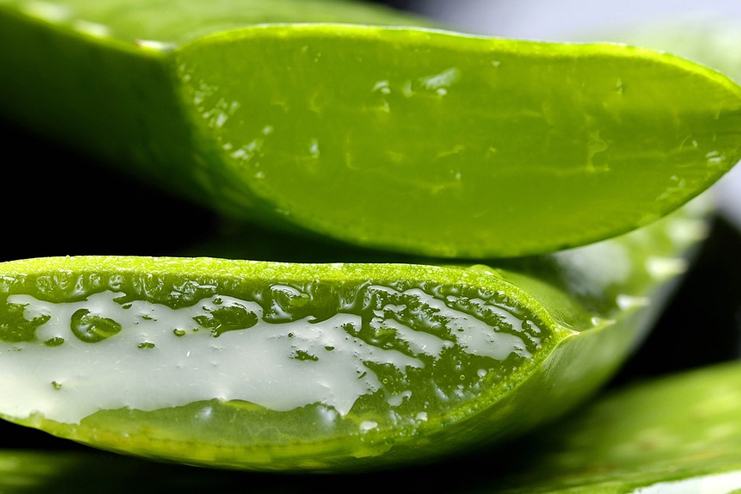
Aloe vera is a natural anti-inflammatory agent. This is an effective home remedy that can be used to get rid of celiac diseases in toddlers. Aloe vera can reduce intestinal inflammation and also soothe the digestive tract by forming a gelatinous lining on the walls of the stomach and intestines.
How To Do:
- Extract some juice from the aloe vera or get capsules directly from shop.
- Allow the child to drink the juice
How Often?
- Do it every day at least once.
2. Probiotics:
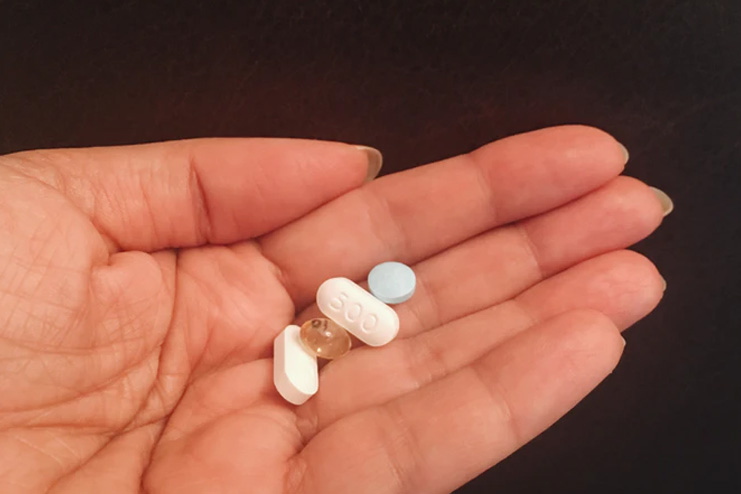
These supplements contain good bacteria that create a healthy gut environment. As per the U.S. National Institutes of Health, specific strains of probiotics may prevent causing damage to the intestine when a person has celiac disease. It helps to get rid of the symptoms of celiac disease.
How To Do:
- You can get in a health food store
- Before purchasing it, read the supplement’s label carefully.
How Often?
- Have it regularly
3. Paprika:
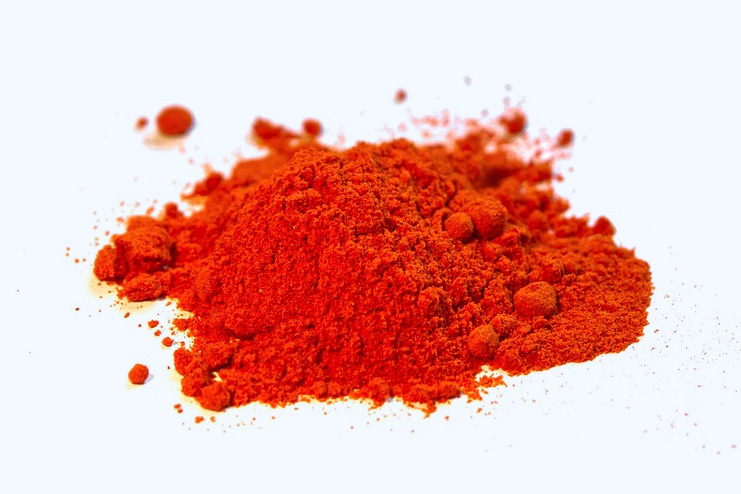
I know it sounds weird, but trust me paprika is one of the effective home remedies for natural care for celiac diseases. This helps to reduce the inflammation of the intestine of the toddler.
It is an anti-inflammatory agent that you can add to your child’s food to give it some flavor and also help his small intestine heal.
How To Do:
- Add the paprika in the necessary diet of the child
- That doesn’t mean you will add in every dishes of your child.
- If possible add sweet paprika.
How Often:
- Twice or thrice a week.
4. Olive Leaf Extract:

Olive leaf extract is a wonderful immune booster and protects the immune system from assaults. This extract can help kids and adults suffering from celiac disease when taken orally.
How To Do?
- You can give olive leaf extract to your child to see its effects
How Often?
- Give it once in a day.
5. Goldenseal:
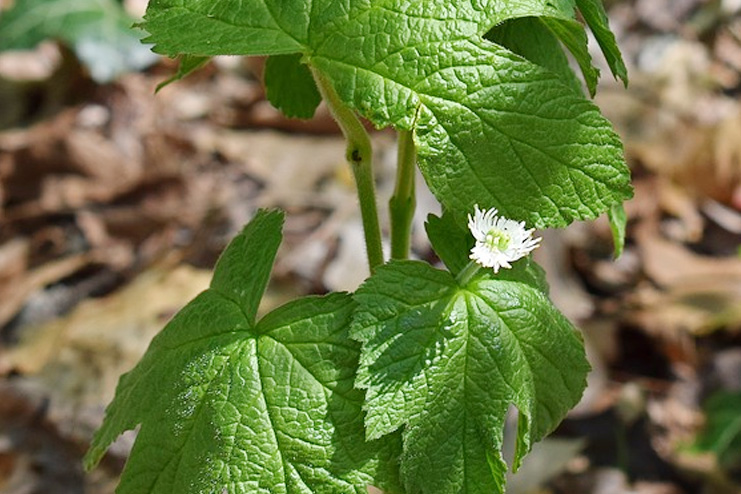
Goldenseal is often combined with Echinacea to create a soothing herbal blend for the digestive system. Goldenseal has anti-inflammatory and anti-bacterial properties that can help with the symptoms of celiac disease.
How Often?
- Give a break of 2 weeks or two months.
Note: However, make sure your child does not take the herb for long periods of time. Normally kids should not be given goldenseal without consulting the doctor.
6. Fish Oil Supplements:
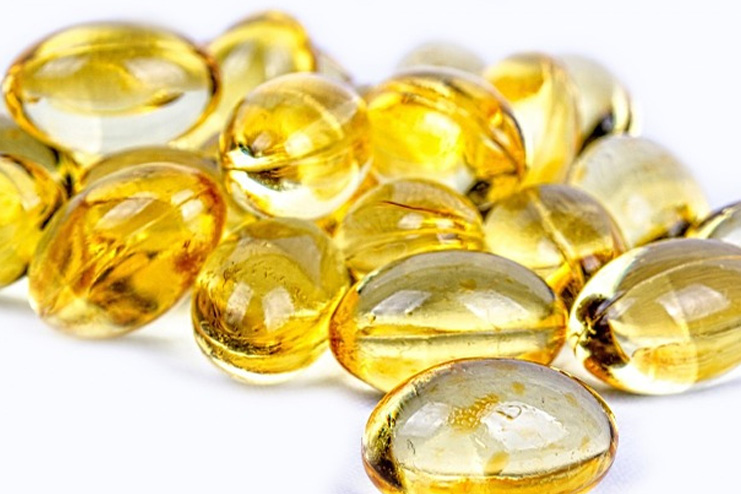
Give your child fish oil supplements. This is an amazing natural cure for celiac disease. These supplements contain vital amino acids and also have anti-inflammatory properties that soothe the small intestine.
How To Do:
- Get it from medical shop or online
How Often:
- Daily you can give
7. Use Gluten-Free Grains:
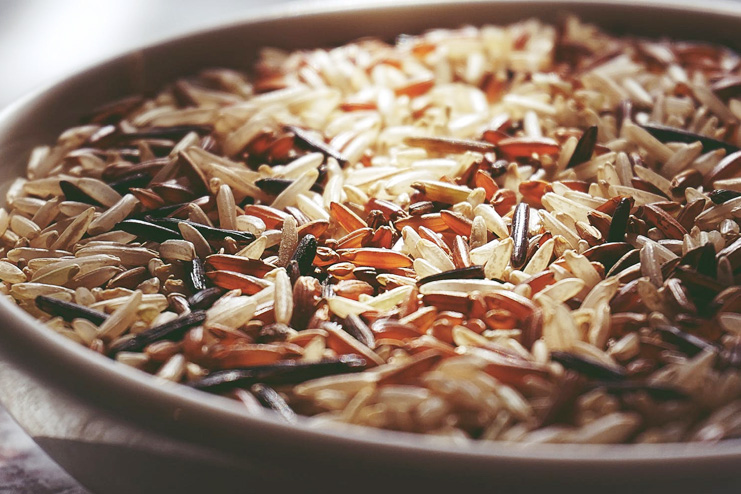
Whole grains, such as legumes, flaxseed, and amaranth, are gluten-free and can easily be incorporated into your child’s daily diet. These grains are rich in fiber and can help treat celiac disease naturally.
8. Encourage Your Little One To Chew Food Properly:
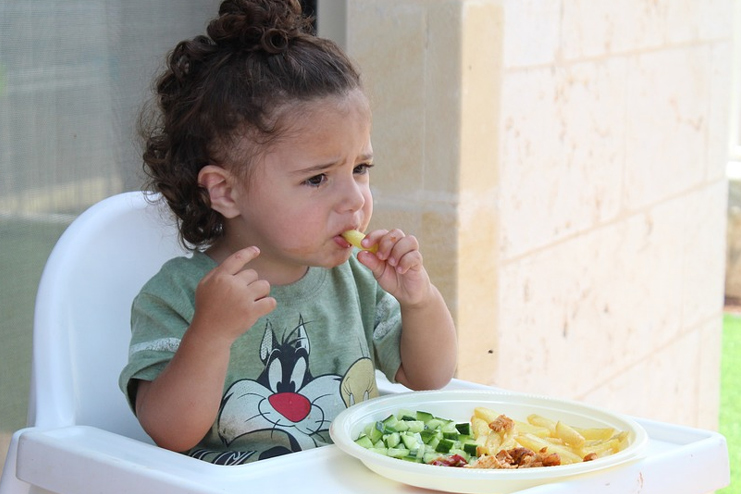
If your little one has celiac disease, teach him to chew his food well. This increases the chances of the stomach and small intestine absorbing the nutrients present in the food. And, when food is well chewed, it reduces the chances of abdominal discomfort and bloating.
How To Prevent Celiac Diseases?
There are a few prevention tips that you need to take care of for children suffering from celiac diseases-
- Arrange a nutritionist or dietician to create a meal plan for your child so that he eats healthy and nutritious food. Or you can refer to the doctor and prepare a diet plan for your child.
- Make it a point to read labels carefully when buying processed foods as that may contain gluten which is not mentioned blatantly.
- Keep the gluten-free food separate from other foods to minimize the chances of cross-contamination.
- Wash the utensils and cutlery properly before your child uses them to make sure they are free of all traces of gluten. Use a separate toaster to toast your child’s gluten-free bread.
- Encourage your child to consume lots of fresh fruits and vegetables. This will prevent constipation.
- Make it a point to check your child’s weight weekly. This will help you determine that your child is getting adequate nutrients
- Certain children who suffer from celiac diseases may have tantrums, so you need to follow some tips for it, such as-
1. Educate Your Child:
Educating your child is one of the more important aspects of dealing with the tantrums. It is important your child learns as much as possible about his condition. So, you can ask him to join a local support group so that your child realizes that he is not alone with celiac disease, and there are many more children who have the same condition. Once your child knows the importance of sticking to his gluten-free diet, he will take more responsibility for what he eats outside the house.
2. Inform Your Child’s School:
Always inform your child’s teachers to find out what type of lunch other children are bringing. If they bring cold lunches, pack a similar lunch, but gluten-free, for your child. On the other hand, if the school has hot food in its cafeteria and your child prefers eating there; find out if there are gluten-free choices for him. By making him feel normal, the possibilities are that your child will stick to the diet even at school.
3. Don’t Punish Slip-Ups:
If your child eats gluten-containing foods as a part of socializing with friends, don’t get worked up. Instead, focus your attention on your child and check how he is feeling. Pay close attention to his symptoms so that you can take measures to resolve them.
Celiac disease is a chronic disorder. There is no treatment for this disease. All we can do is manage it. So, I hope this article has provided you the basic idea about the various natural cures for celiac diseases.







































